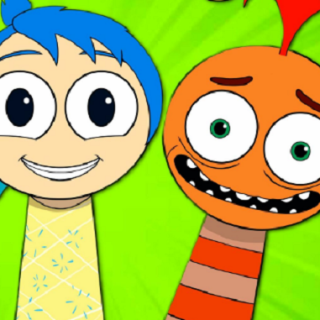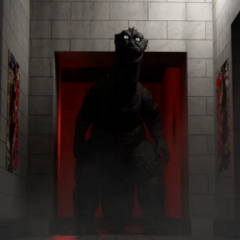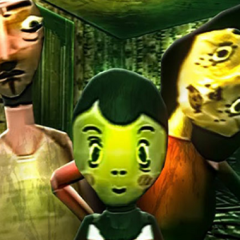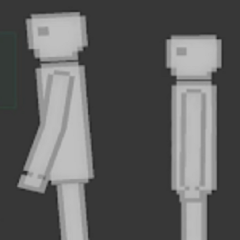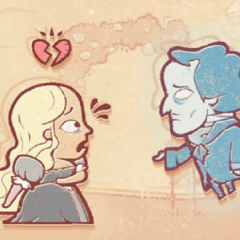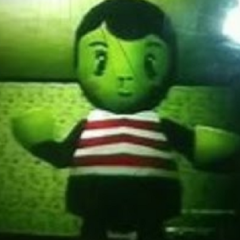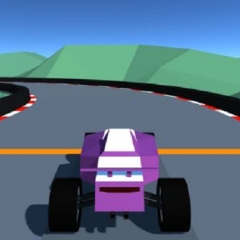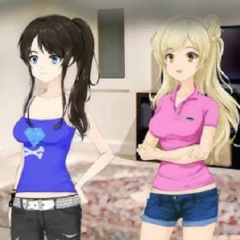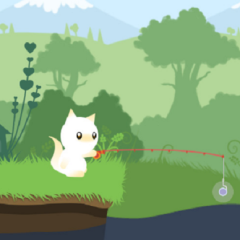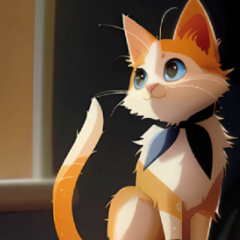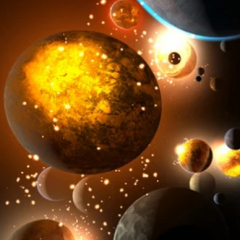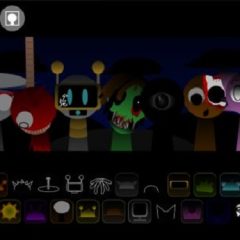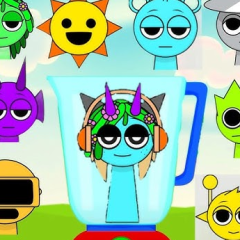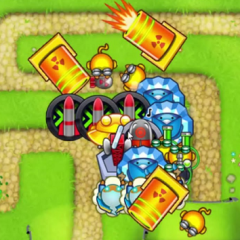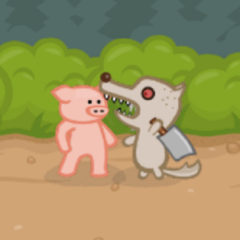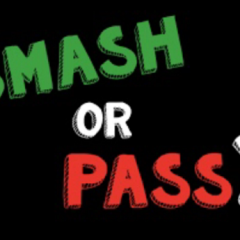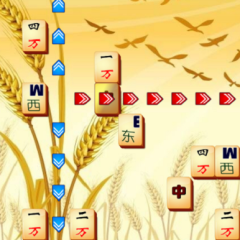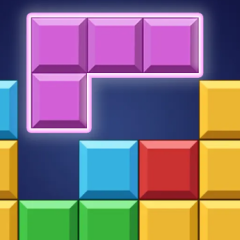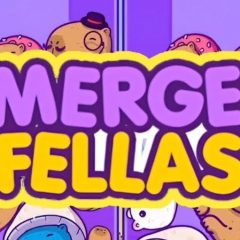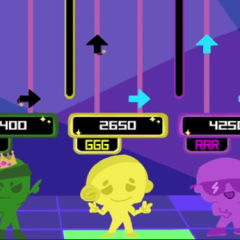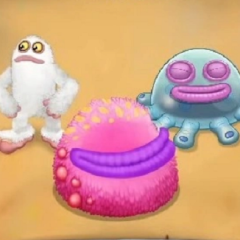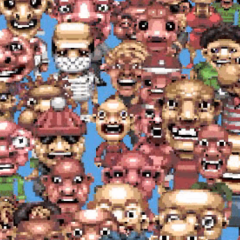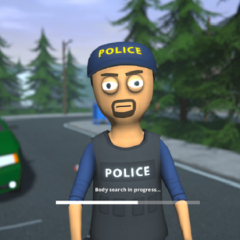Sprunki Inside Out 2 is a sound-driven experience built around interactive audio layers, where players construct music by combining distinct elements assigned to animated characters. Each polo brings a specific rhythm, melody, or texture, and the way they are activated affects the overall output. This version introduces new characters with altered sound roles, giving more control over balance and contrast. Unlike traditional rhythm games, there’s no scoring system—everything is built through timing, arrangement, and experimentation.
Visual Language and Shifting Tone
The visual design uses simple shapes and subtle animation, but the tone is noticeably more complex than the first game. The bright background elements are replaced with dim gradients, glitched overlays, and abstract movements that respond to changes in sound. As the track becomes more layered, the visuals follow suit, creating a sense of controlled instability. Some sound combinations trigger slight distortions or background changes, giving feedback without direct instruction or interface prompts.
Progression and Experimental Direction
Sprunki Inside Out 2 works as a transitional piece between earlier and future phases of the Sprunki project. It keeps the foundation of sound mixing intact while introducing a less playful and more layered structure. Hidden sequences and tonal shifts act as markers for deeper exploration, while certain interactions unlock new sound slots or alter existing ones. The focus remains on constructing something personal, with the freedom to explore both sonic and visual boundaries without a fixed path or end condition.


